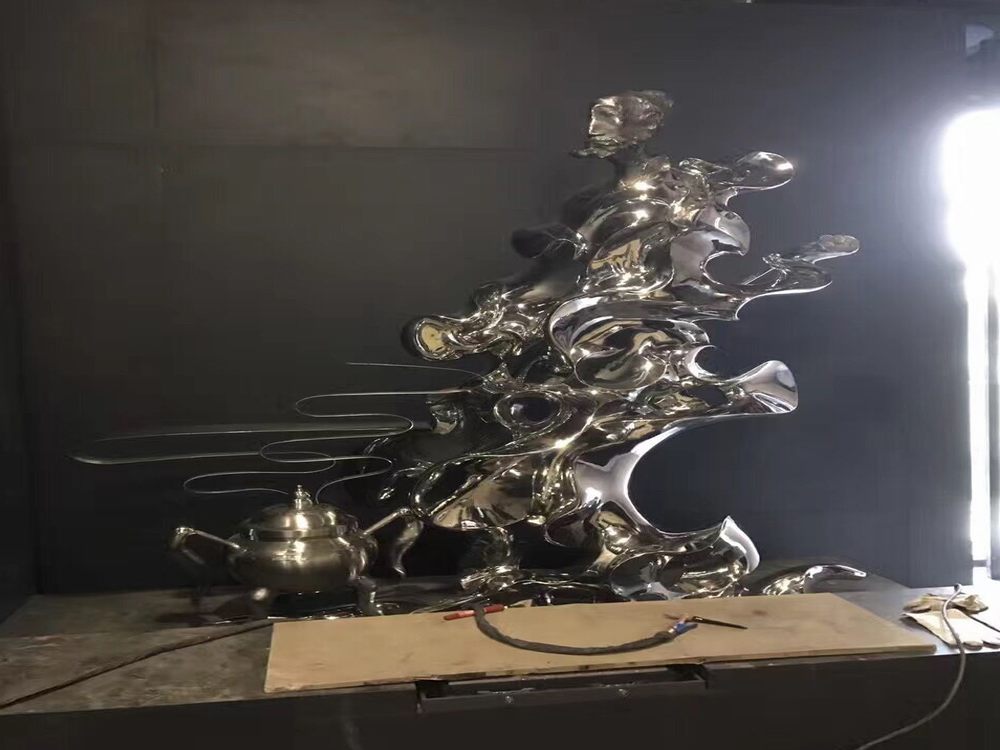
Metal sculptures play a transformative role in public plazas and parks, influencing how people navigate and experience these spaces. These artistic installations often serve as focal points, guiding visitors naturally through the area while adding aesthetic and cultural value.
One key way metal sculptures impact navigation is by creating visual landmarks. Large or striking sculptures act as reference points, helping visitors orient themselves and find their way. For example, a towering abstract piece might mark the entrance to a plaza, while smaller sculptures along pathways can subtly direct foot traffic.
Beyond navigation, metal sculptures enrich the park experience by sparking interaction. Their reflective surfaces, intricate designs, or kinetic elements invite touch and contemplation, turning a simple walk into an engaging artistic journey. Some sculptures even incorporate seating or shade, blending functionality with artistry.
The materials used in metal sculptures also contribute to the atmosphere. Weathering steel develops a rustic patina over time, grounding the space in a sense of history, while polished stainless steel reflects sunlight and surroundings, creating dynamic visual effects that change with the time of day.
By combining wayfinding utility with artistic expression, metal sculptures transform public spaces into destinations that encourage exploration, pause, and connection – proving urban art is as practical as it is beautiful.

